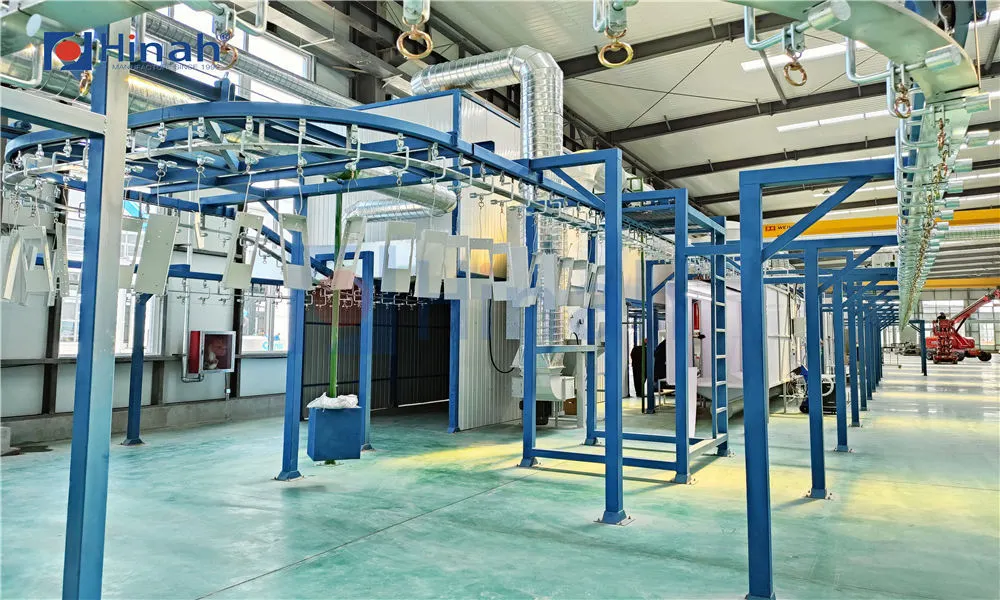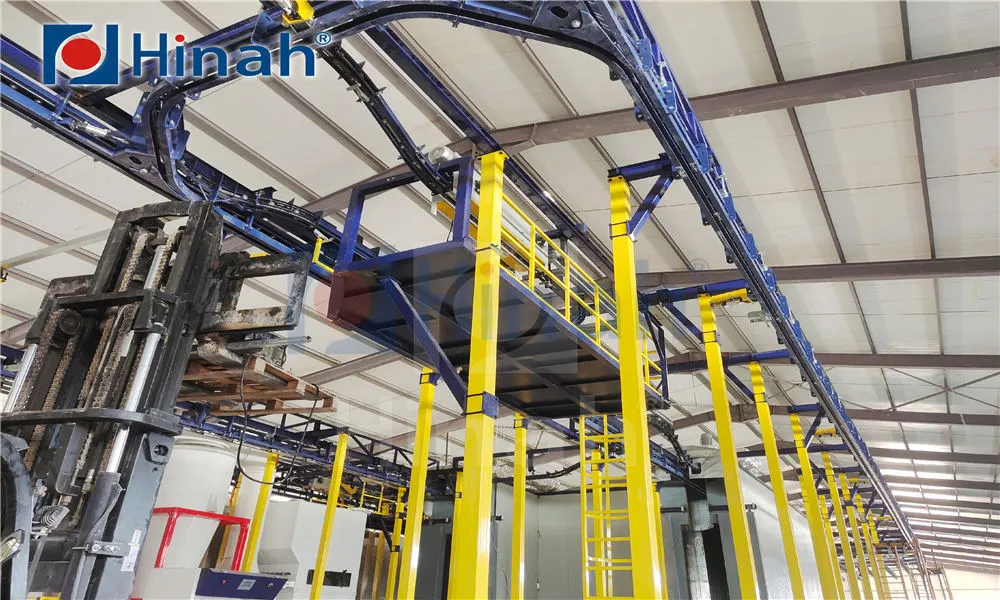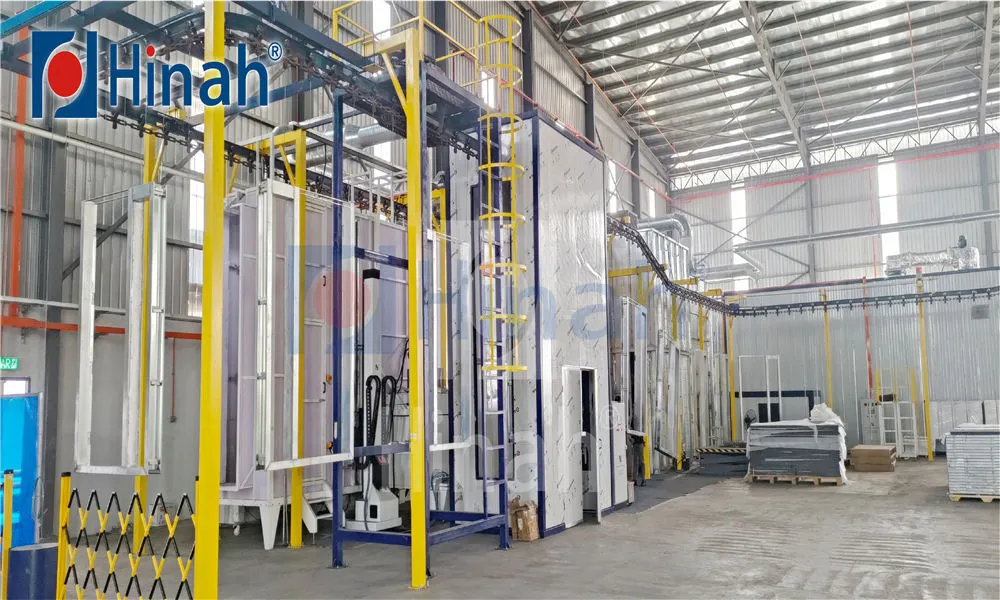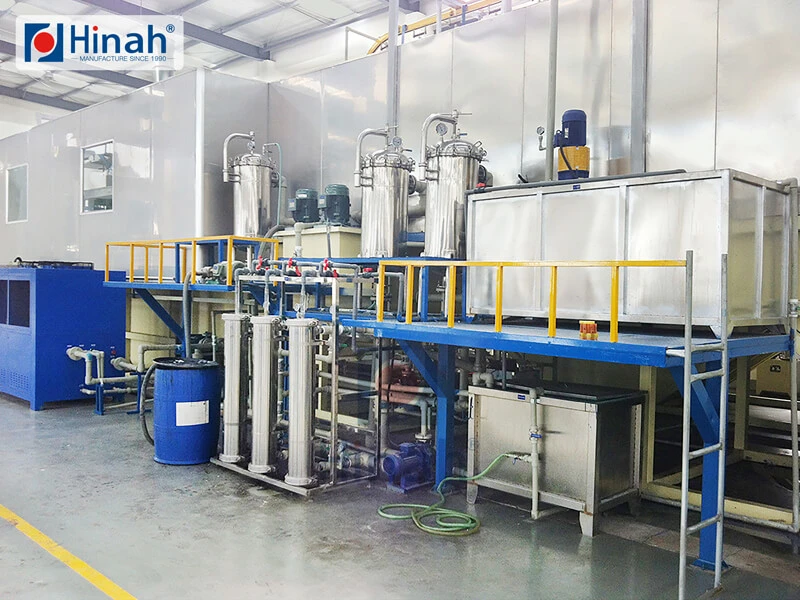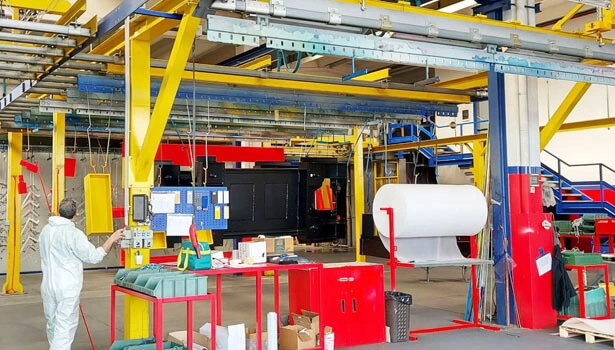Powder coating has revolutionized the world of industrial and hobbyist finishing, offering a durable, high-quality, and environmentally friendly alternative to traditional liquid paints. At the heart of this process lies a critical piece of equipment: the large powder coating oven. This essential tool is responsible for curing the applied powder, transforming it from a fine, dry substance into a smooth, hard, and resilient coating. Whether you're a manufacturing professional seeking a high-volume solution, a small business owner looking to expand capabilities, or a dedicated hobbyist embarking on a ambitious project, understanding the intricacies of these ovens is key to achieving flawless results.
The demand for efficient and reliable curing solutions spans a broad spectrum. For some, finding a large powder coating oven for sale from a trusted manufacturer is the most practical path. For others, the challenge and customization of a diy large powder coating oven project are far more appealing. This comprehensive guide delves into both worlds, exploring the considerations for purchasing a commercial oven, the intricacies of a powder coating oven build, and the common challenges faced by all users of these powerful curing oven for powder coating systems.
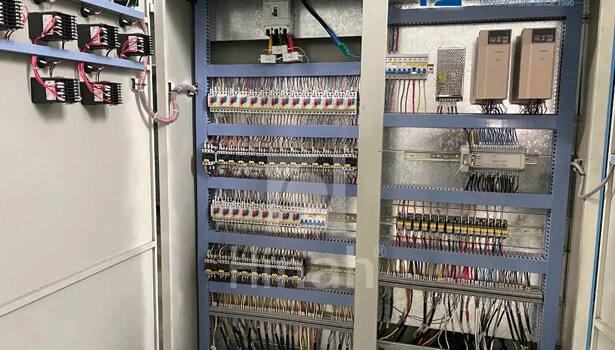
What is a Large Powder Coating Oven and How Does it Work?
A powder oven, specifically a curing oven, is a thermally insulated chamber used to heat a coated part to a specific temperature for a predetermined amount of time. This process, called curing, triggers a chemical cross-linking reaction within the powder coating. The powder particles melt, flow together, and then solidify into a uniform film that is bonded to the metal substrate.
The core principle of any coating oven is precise and consistent heat application. Heat can be delivered via electric elements, natural gas, propane, or infrared emitters. The key metrics for any oven are:
Temperature Uniformity: The entire interior must maintain a consistent temperature to ensure every part of a product, and every product in a batch, cures evenly without defects.
Recovery Time: The speed at which the oven returns to its set temperature after cold parts are loaded. A fast recovery time is crucial for productivity.
Airflow: Proper airflow, often managed by baffles and fans, is essential for distributing heat evenly and preventing hot or cold spots.
A large powder coating oven is typically defined by its internal capacity, designed to accommodate big parts like automotive frames, industrial machinery, large batches of smaller parts on racks, or even entire vehicle bodies in industrial settings.
Acquiring a Professional Large Powder Coating Oven for Sale
For businesses where downtime is costly and consistency is paramount, purchasing a professionally engineered large powder coating oven for sale is the recommended route. These units are designed, built, and tested to meet rigorous industrial standards.
Types of Commercial Ovens:
Batch Ovens (Walk-In/Drive-In): These are ideal for shops that handle a wide variety of part sizes and shapes. They operate on a load-and-unload cycle. Walk-in ovens are accessed through a door, while drive-in ovens are large enough for a forklift or cart to enter.
Conveyor Ovens: These are the workhorses of high-volume production lines. Parts are hung on a conveyor that moves continuously through the curing oven for powder coating, allowing for a non-stop process of loading, curing, and unloading.
Key Considerations When Buying:
Size and Capacity: Determine the maximum part dimensions you need to accommodate and plan for future growth.
Heat Source: Electric ovens are common and easier to install but can be more expensive to operate. Gas ovens have lower operating costs but require proper ventilation and gas lines.
Insulation: High-quality insulation (like mineral wool) is vital for energy efficiency and maintaining external temperatures at safe levels.
Control System: Look for a system with precise digital controllers, timers, and data logging capabilities to ensure repeatable results and quality control.
Investing in a professional coating oven from a reputable vendor provides reliability, warranty support, and compliance with safety standards, which is crucial for a commercial environment.
The Allure of a DIY Large Powder Coating Oven
The prospect of a diy large powder coating oven is particularly attractive to custom shops, artists, and serious enthusiasts. The primary motivation is often cost savings; a commercial oven can represent a significant investment, while a DIY build can be completed for a fraction of the price. Beyond budget, the ability to customize the oven's dimensions to fit a specific, unique part or a limited workshop space is a powerful driver.
Embarking on a powder coating oven build is a serious project that requires mechanical aptitude, a understanding of basic electrical principles, and a steadfast commitment to safety. It is not a project for beginners, but for those with the right skills, it can be an immensely rewarding endeavor.
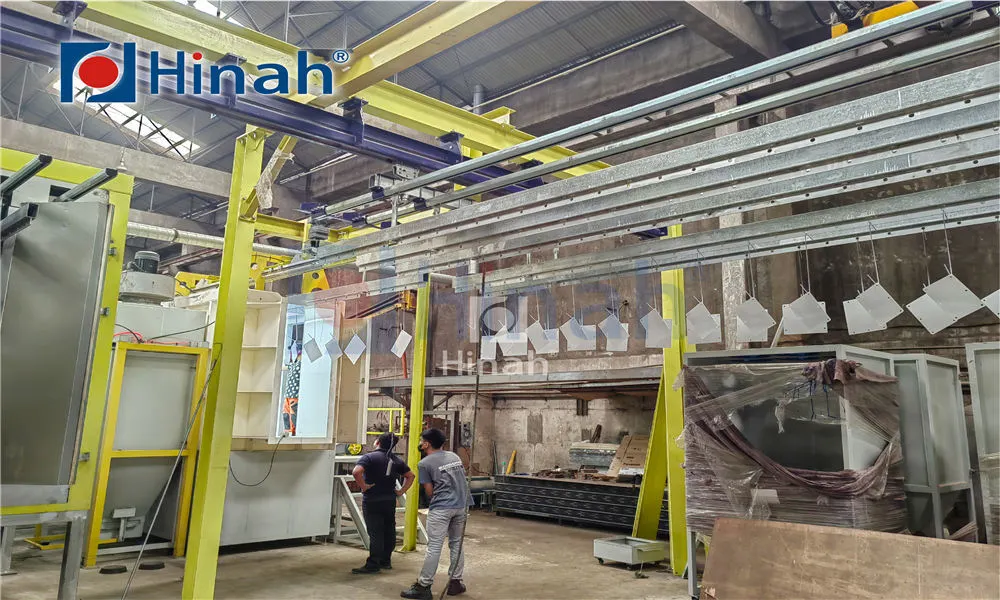
Essential Components for a Powder Coating Oven Build
A successful DIY powder oven project hinges on sourcing the right materials and understanding their function.
Structure: The frame is typically built from steel studs or angle iron. The exterior skin can be sheet metal, while the interior skin must be a heat-resistant material like aluminized steel or galvanized steel.
Insulation: This is non-negotiable. Fiberglass batt insulation (rated for high temperatures) is a common choice, but professional-grade builds often use mineral wool or rock wool insulation for superior fire resistance and thermal efficiency. The standard recommendation is a minimum of 4 inches of insulation.
Heat Source: Electric heating elements are the most popular choice for DIY builds due to their relative simplicity. These are typically tubular heating elements (calrod elements) or oven heating elements salvaged from old industrial equipment. The total wattage needed must be calculated based on the oven's volume and desired heat-up time (a common rough estimate is 5-10 kW for a large oven).
Air Circulation: Simply having heating elements is not enough. A powerful fan and a designed airflow path (often using baffles) are critical to prevent stratification and create a uniform temperature. The fan must be driven by a thermally protected motor located outside the hot air stream.
Control System: At a minimum, you need a high-temperature rated contactor (a heavy-duty relay) to handle the current for the heating elements, controlled by a digital temperature controller with a thermocouple probe. This system cycles the heat on and off to maintain the setpoint. A timer is also essential for managing the cure cycle.
Common Challenges and Problems with Powder Coating Ovens
Whether you purchase a system or build your own, several common issues can arise with any large powder coating oven.
1. Temperature Inconsistency (Hot/Cold Spots)
This is the most frequent problem and a primary cause of finishing defects. It can result from:
Inadequate Airflow: The fan may be undersized or poorly positioned.
Poor Insulation: Thin or missing insulation allows heat to escape unevenly.
Leaks: Gaps around the door or in the structure let heat out and cold air in.
Solution: Use an oven thermometer to map the temperature at various points inside the empty oven. Identify patterns and adjust baffles, improve seals, or assess the fan system.
2. Slow Heat-Up Time
An oven that takes too long to reach curing temperature kills productivity.
Cause: Undersized heating elements for the oven's volume.
Solution: For a DIY build, this may require adding more elements (if the electrical system can handle it). For a commercial oven, it may indicate an element has failed and needs replacement.
3. High Energy Costs
A coating oven can be a significant energy consumer.
Cause: Poor insulation, frequent opening of the door, or an inefficient heat source.
Solution: Ensure insulation is sufficient and intact. Consider upgrading to a more efficient system (e.g., gas) if operating at high volume. For electric ovens, using off-peak electricity can sometimes help.
4. Contamination
Dust, grease, or flaking debris inside the oven can land on your parts during the cure, ruining the finish.
Cause: Poor maintenance or using the oven for other purposes.
Solution: Regularly vacuum and clean the interior of the powder oven. Ensure parts are perfectly clean before they enter the oven.
5. Safety Hazards
A large powder coating oven operates at extremely high temperatures and uses high electrical currents.
Risks: Fire, electrical shock, and burns.
Solution: Install high-limit thermal switches that will cut power if the oven overheats. All wiring must be done to code using components rated for the amperage and temperature. The oven must be placed well away from any flammable materials and have a clearly established safety perimeter.
The journey to acquiring a large powder coating oven presents a clear fork in the road. The decision to search for a large powder coating oven for sale or to undertake a complex powder coating oven build depends entirely on your budget, technical expertise, and operational needs.
For businesses that rely on powder coating for their livelihood, the reliability, safety, and support of a commercial curing oven for powder coating are invaluable. The initial investment is justified by guaranteed performance and durability.
For the skilled DIYer, the process of constructing a diy large powder coating oven is a challenging yet achievable project that yields a custom tool and immense personal satisfaction. However, it must be approached with respect, meticulous planning, and an unwavering focus on safety.
Regardless of the path you choose, understanding the principles of how a powder oven works and being aware of common pitfalls will empower you to achieve consistent, professional-quality results and get the most out of your coating oven for years to come.


